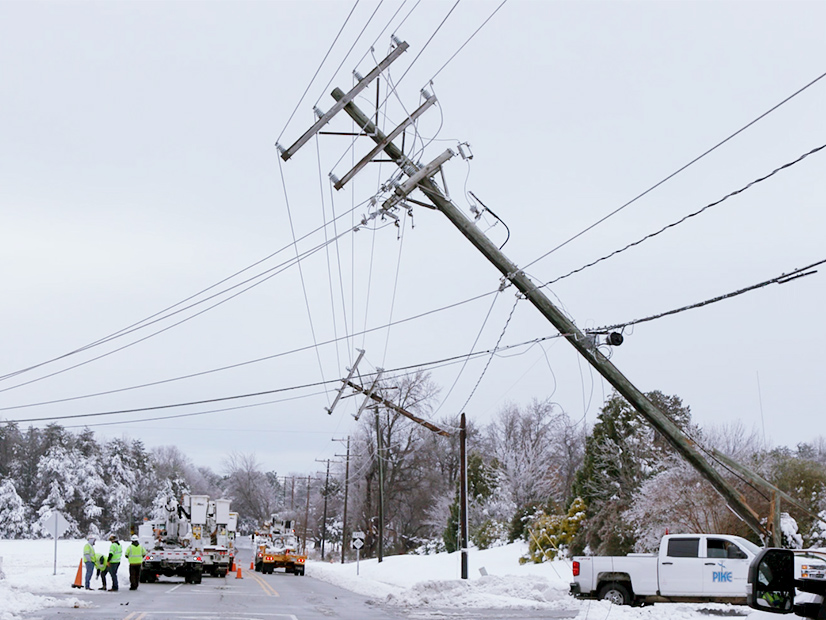Resource adequacy and transmission planning are already challenging using historical weather data; planning for climate change is on a completely different level, panelists told FERC on the first day of a climate-focused virtual technical conference June 1.
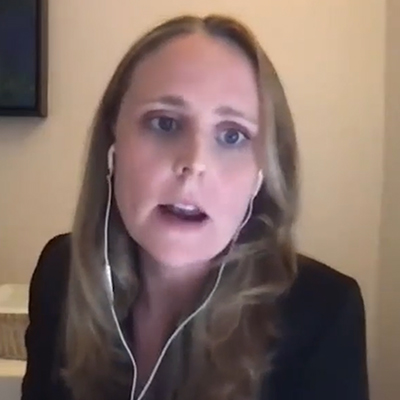
Stakeholders from across the electric industry uniformly derided the resource adequacy metrics currently used by grid planners and called for new approaches to safeguard the reliability of electric service. Speaking on the second panel, Richard Tabors, president of energy and economics consulting firm Tabors Caramanis Rudkevich, called planners’ analytic methodologies and models “woefully and grossly inadequate.”
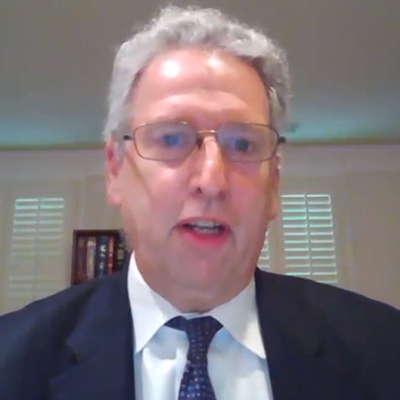
“How do we better address the fact that utilities need to plan for these extreme weather conditions on a more frequent basis, and how they perform both from a planning perspective but also an operational perspective?” Chairman Richard Glick asked at the beginning of the conference.
Future Data, Historical Trends, Divergent Paths
FERC posed several questions to help guide the panels’ discussions. Among them was how can futures-based inputs — such as expected future load, weather and temperature — be projected more accurately, rather than simply extending historical trends forward.
During the first panel, Judy Chang, undersecretary of energy in the Massachusetts Executive Office of Energy and Environmental Affairs, noted the extra difficulty of predicting future load amid global efforts to electrify building infrastructure. “Heating and cooling loads will increase because we’re transforming our building sector and trying to use more electricity for heating and cooling,” Chang said. “Of course, we know heating and cooling are affected by weather events.”
Webb said the quality and availability of climate projections — “particularly downscaled climate projections that show impacts regionally and locally” — have improved significantly, but simply integrating some forward-looking projections into existing planning processes are unlikely to be sufficient. “Assuming a consistent average across every hour of the year doesn’t necessarily make sense when we know that extremes, particularly extremes in temperature, can affect those things.”

“A good way to think about that is a transformer sensitive to heat has relatively higher adaptive capacity because we can change that transformer relatively easily,” Hogle said. “However, a substation that is subject to sea-level rise has less adaptive capacity because we would either have to relocate it or raise it, and it would take more to be able to do that.”
FERC’s Role
The panelists advised FERC to incentivize interregional transmission planning, push for industry-wide adoption of best practices, and enhance the equitable sharing of data so that all utilities and RTOs can benefit from the latest technologies and expertise.
FERC should tell RTOs and utilities to “come up with a plan that incorporates the best climate data that you can get your hands on,” Chang said. “Maybe the first time around is not perfect, but having FERC say, ‘Come up with a plan that incorporates climate data,’ is a huge step forward that we haven’t had in this industry.”
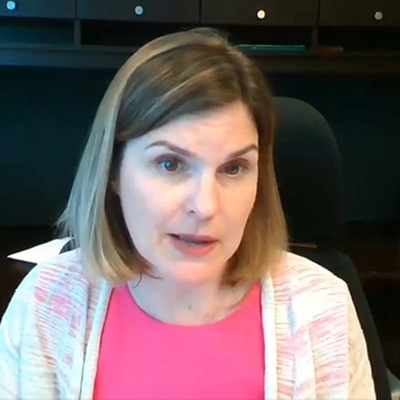
Commissioner Allison Clements asked about the relationship between local planning and system planning, and whether existing resource adequacy planning processes are appropriate to the challenges of managing a grid at increasing risk of weather-related disruption.
“In New York City we have a number of different climate change efforts that will be ongoing, but we benefit from having a consistent set of projections,” said Susanne DesRoches, deputy director of infrastructure and energy for the New York City Mayor’s Offices of Resiliency and Sustainability. “Those can be successfully embedded into the distribution network planning as well as at the NYISO level.”
DesRoches referred to a NYISO climate change study released last November, saying that such analysis “should be done consistently across the country.”
Telos Energy President Derek Stenclik also told Clements that planners should incorporate a climate trend in their projections but also go one step further with vulnerability assessments to evaluate “what-if scenarios.”
For example, “what if a four-day, low wind or solar event were to occur on the system? Does that impact system reliability?” Stenclik asked. “So, as opposed to the conventional approach of just doing the probabilistic inputs in the model and seeing what the expectation of reliability out of it is, go inverse and evaluate ‘what if’ scenarios and if they have a material impact on reliability. Then go back to climate folks and meteorological folks and ask if this is plausible in the future.”
If ERCOT had asked him to do a conventional resource adequacy analysis in Texas ahead of February’s blackout, “there is no way I would have caught the magnitude of that event,” he added.
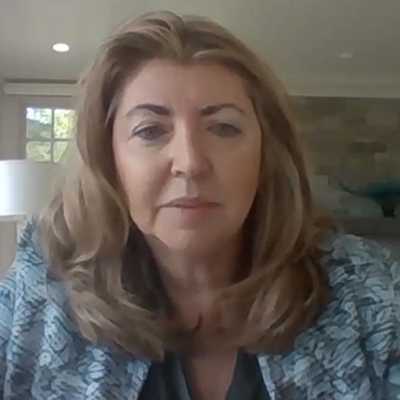
American Electric Power Lisa Barton COO said that the more the regions lean on each other for assistance, the better positioned they will be.
“Your variable resources may be adversely impacted within your region or within that local utility, but go to the next RTO and all their wind resources are still spinning,” Barton said. “Having those strong interconnections and making sure you can lean on each other is part of the ‘no regrets’ solutions that, when we think about planning, we need to focus on. … We can use the RTO planning process, but absent FERC pushing on that, I think it won’t happen.”
FERC and state regulators can provide data and a blueprint of how utilities and RTOs/ISOs can do things, but “it is really important to recognize not everyone has the same resources that we have and that we are only as resilient as we are together; we are only as strong as our weakest link,” Hogle said.
Clements said that while she recognizes the “broad spectrum of overlapping resource adequacy authorities” at the state and federal levels, she asked what FERC should consider to encourage utilities to better assess vulnerabilities to extreme weather.
Stenclik said FERC has an opportunity to press regional coordination between different entities to make “consistent assumptions” on how to better count on each other for reliability and resource adequacy in extreme conditions.
“Some low-hanging fruit is to make sure that when resource adequacy results are shared, all the metrics are provided,” Stenclik said. “You don’t have to change the criteria, but you can at least report the data more holistically.”
1-in-10 Standard ‘Completely Outmoded’
A particular focus of speakers on the second panel was NERC’s so-called “one-in-10” standard, which requires the grid to have sufficient capacity “such that system peak load is not likely to exceed available supply more than once in a 10-year period.”
Given the multiplication of threats in recent years, particularly from shifting weather patterns because of climate change, Tabors said grid planning urgently needs to catch up to the current state of the science.
“There is a lot going on, and the fact that the industry still references an engineering-driven reliability standard of one day in 10 years is close to unbelievable,” Tabors said, explaining that the currently used models don’t consider factors such as the economic consequences of service interruptions while also relying on outdated assumptions of “unit outage independence” and weather trends.
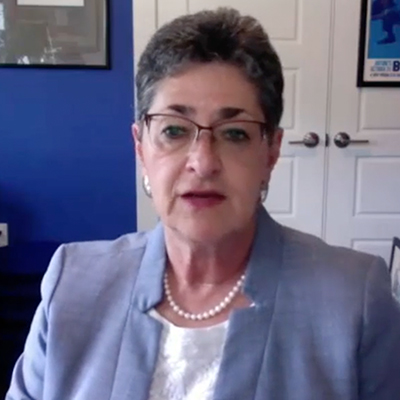
Alison Silverstein, who was an adviser to former FERC Chair Pat Wood III and now has her own eponymous consulting firm, echoed Tabors, calling the one-in-10 standard “completely outmoded.”
“It’s generation-centric and ignores all of the other capabilities out there, including demand response and … the fact that we can actually enlist customers to control their demand and manage it in better ways,” she said. “It [also] ignores … the fact that the grid is much more energy-dominant and stochastic than it used to be, instead of just turning a dial and controlling a power plant.”
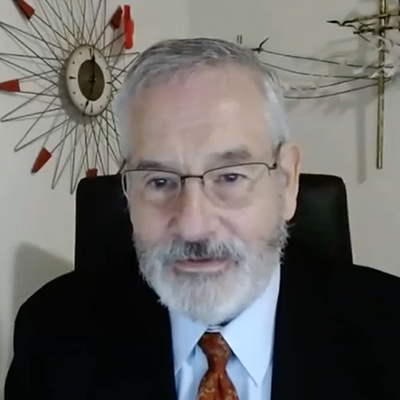
NERC Chief Engineer Mark Lauby also emphasized the expansion of technical capabilities on the modern grid, explaining that the one-in-10 standard was never considered the optimal way to approach system reliability. Rather, it was the product of technological limitations that no longer apply.
At “that time, in that computer space, [we] only had one event in 10 because that’s all you can model in a 1960s IBM [System/]360,” Lauby said. “Obviously now we can do hours and hours and hours of calculations. … We can model all the response we want.”
He added that new planning models must incorporate not only the impacts of climate change, but also the ongoing electrification of transportation, heating and other areas of modern life, as well as the growing diversity of the generation mix. All of these factors must be considered by planners trying to “figure out what the one in whatever is.”
Addressing Transmission Planning Shortfalls
Silverstein proposed a national transmission authority that would ensure consistent transmission planning processes and cost allocation across the nation.
“Our current processes and system are not working. … Making incremental changes means you’re saying the current process isn’t working,” she said. “Transmission planning and its inadequacies matter because our nation cannot achieve our decarbonization goals, period. We can make transmission more effective, and we can open up renewable resources with greater transmission, but more transmission is non-negotiable for the sake of achieving decarbonization.”
Clements jumped into the discussion to ask Silverstein for more specificity on her proposal and how FERC would work with a national entity. Silverstein replied that she has been thinking about the concept and is working on it, giving the impression that she is not ready to roll it out.
“Clearly it needs to be empowered by FERC and supported by the intellectual muscle and funds of the Department of Energy,” Silverstein said. “It’s FERC’s job to get transmission built, or to at least find effective ways to build transmission, and to also find the appropriate participation, definition of benefits and the cost allocation that comes out of that.”
She suggested FERC might want to determine whether it is just and reasonable to use outdated cost-benefit analyses or cost-allocation methods that don’t reflect transmission’s full scope of benefits.
“I think you have an obligation to pull people together and work on it,” Silverstein said.
But what about jurisdictional issues? Clements asked.
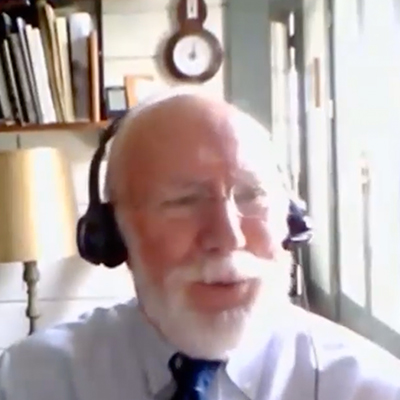
“Almost everything reliability-related is FERC jurisdictional,” Silverstein responded, “and that includes things like whether Texas has an interconnection to the rest of the nation and could have gotten a black start [during February’s winter storm] if it needed it. The answer is, ‘No.’”
Tabors said that until there’s an economic incentive for transmission owners to be creative and operate efficiently, the ability to plan transmission will be “stuck in a hole.”
“What we all agree to is wrong, [that] we have to build more wires and bigger wires to hook things up,” he said. “In reality, we have a ton of wires. Let’s learn to use them more efficiently. Let’s go back to the drawing board and say, ‘What do we expect transmission to do, and how do we want it to?’”
